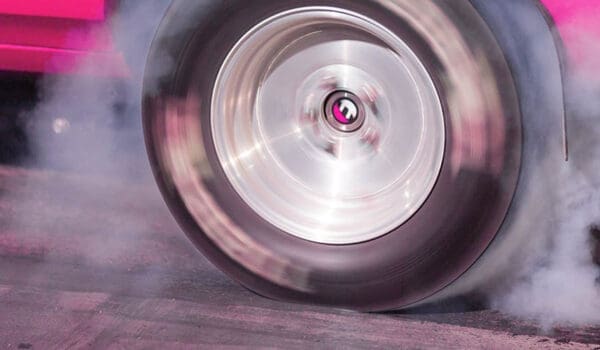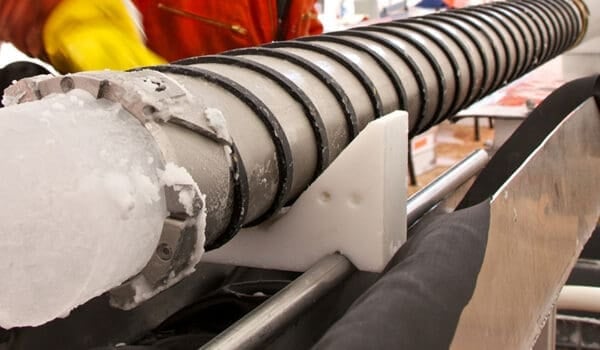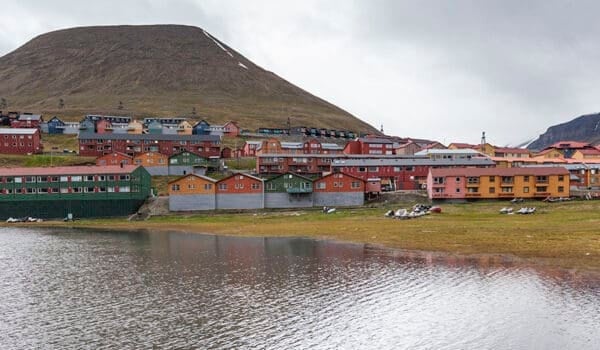A new study, recently published in Nature Communications, describes how microplastics from road traffic are transported to the oceans – and to remote regions such as the Arctic.
“Many already know that rivers deposit a lot of microplastics to the oceans”, says senior scientist Nikolaos Evangeliou from NILU – Norwegian Institute for Air Research. “In this study, we have found that a similar amount of such particles ends up in the ocean as a result of atmospheric transport.”
From atmosphere to oceans
As the global production rate of new plastic products continues to increase, ever greater quantities evade waste collection and recycling. However, the ecological and environmental consequences of rising plastic pollution are poorly understood. We also know too little about how microplastic particles travel from where they are produced to all ends of the world.
Nikolaos Evangeliou and colleagues from NILU, IIASA and the University of Vienna combine a global quantification of road microplastics (produced from tyre wear and brake wear) with simulations of atmospheric transport to determine the dispersion of these pollutants. The majority of traffic-induced microplastics comes from densely populated regions like the eastern US, Northern Europe and the heavily urbanized areas of Southeast Asia.
The scientists found that larger particles were deposited close to the source of production, due to their weight. Conversely, microplastics that are 2.5 micrometers and smaller in size were transported further afield. They estimate that 140,000 tonnes per year of road microplastics end up in the world’s oceans.
Microplastics may darken the Earth
However, around 48,000 tonnes per year ends up on remote snow- and ice-covered surfaces.
“This is concerning”, says Evangeliou. “Microplastic particles travelling to snow and ice-covered regions such as Greenland and the Arctic may darken the surface, thus decreasing surface albedo. This could again hasten melting.”
Albedo is a measure of how much of the light hitting a surface is reflected without being absorbed. Ice and snow reflect most of the sunlight falling on it, thus helping regulate Earth’s temperature. Dark surfaces or matter, such as microplastics, lowers this reflectivity, so that the ice absorbs more heat. Lower albedo will in turn lead to increased melting of ice and snow, and then again to even lower reflectivity – a self-reinforcing loop.







